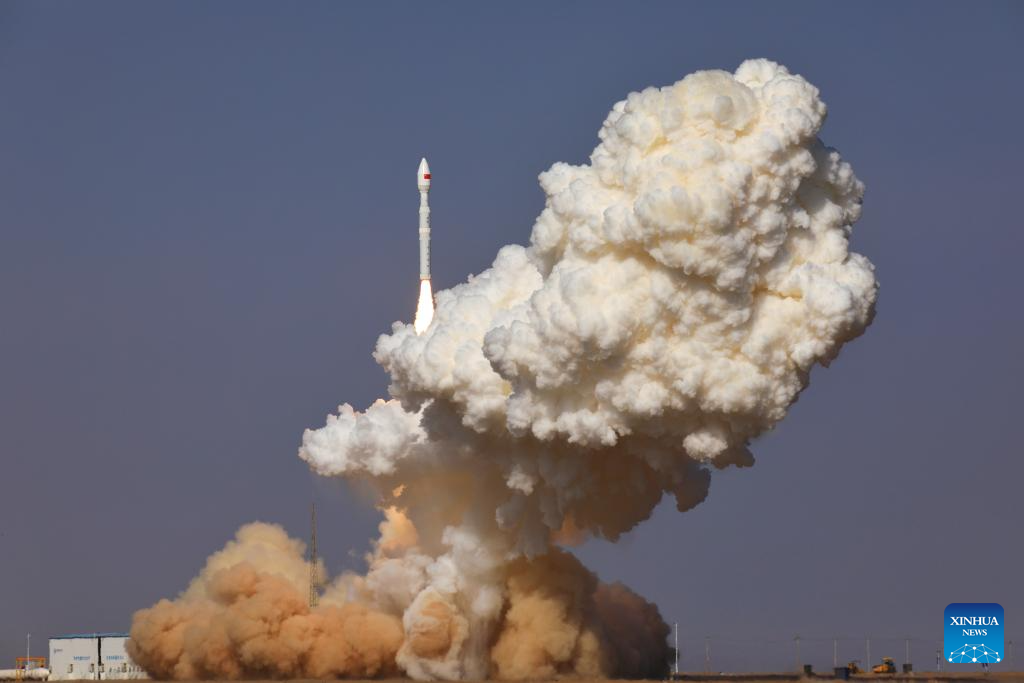
CAS Space, a leading commercial rocket maker in China, launched the ninth rocket in its Kinetica 1 series on Sunday morning, successfully putting three satellites into their preset orbital positions.
The rocket lifted off at 11:33 am from the Jiuquan Satellite Launch Center in northwestern China's Gobi Desert and then placed the payloads — two synthetic aperture radar satellite, and the HS-1, Pakistan's first hyperspectral imaging satellite — into orbit, the company said in a statement.
The two radar satellites were developed and made by Airsat Technology and will be used to obtain radar data and images for users.
The Pakistani satellite was mainly built by the Innovation Academy for Microsatellites, a Shanghai-based subsidiary of the Chinese Academy of Sciences.
It will capture hundreds of spectral bands across visible and infrared wavelengths and will play a crucial role in monitoring natural disasters, assessing climate change impacts and tracking glacier movements, supporting urban planning and infrastructure mapping, as well as detecting deforestation and tracking city expansion, according to Pakistan's Space and Upper Atmosphere Research Commission.
CAS Space has used Kinetica 1 rockets to help clients deploy 73 satellites with a combined weight of more than 9 metric tons, the rocket company said.
The Kinetica 1 model — with a length of 30 meters, a diameter of 2.65 meters, and a liftoff weight of 135 tons — is capable of deploying satellites with a combined weight of 1.5 tons to a typical sun-synchronous orbit about 500 kilometers above Earth.


